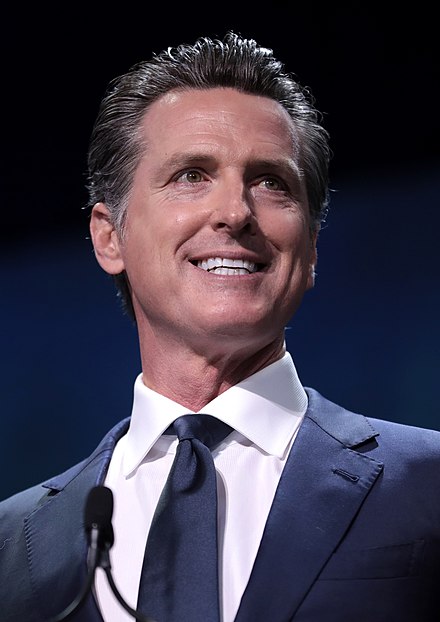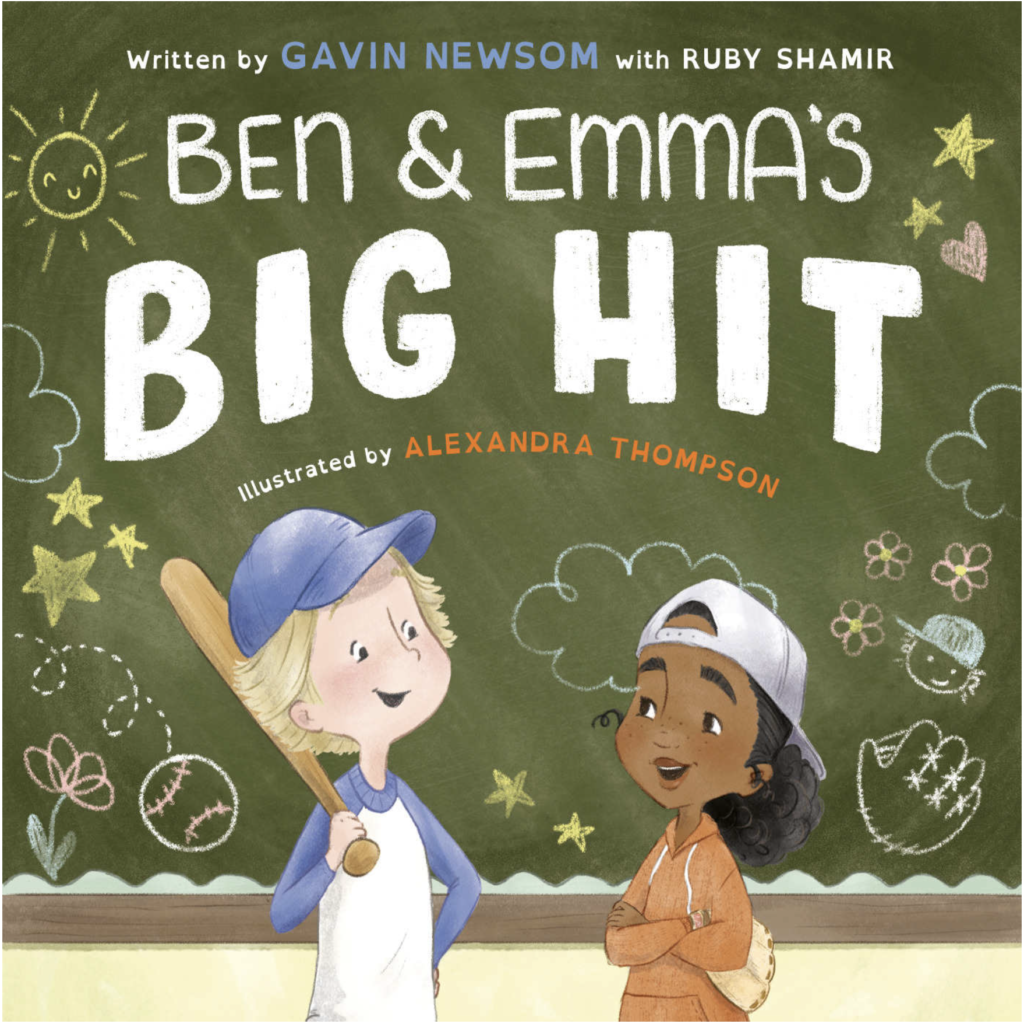In school, Gavin’s life was miserable… even torturous. He couldn’t spell, read, and write. In addition, he had trouble speaking.

He was one of “those” students who was on the slow track and got speech therapy.
Other students made fun of him.
He sat at the back of the class and nervously prayed that the teacher never called him to do any reading before the bell rang.
The one time he got called on to read, everyone laughed at him.
As he recounts the experience, he talks about feeling dumb and isolated and says that the experience is indelibly etched in his memory.
He recalls being frequently frustrated, especially during his middle school years.
In seven years, he attended five schools.
His mother worked three jobs and attended many meetings. One time when she was late coming home, he was rummaging through some papers in her desk and saw his name on them. They all seemed to talk about this “dyslexia” thing.
When she got home, he asked what it was all about. She explained she didn’t want him to be stigmatized, so hadn’t told him he was dyslexic. She went on to say that was the reason he had been attending various programs after school and during summers.
While he has never been “comfortable” with dyslexia, seeing that there are certain things he needs to do as governor and still can’t do, like reading a script, he has developed tips and tricks to get him through reading and keeping information.
As a result, he learned to memorize information material well and says that he didn’t feel smart until he was 35.
Considering the process he follows, he estimates that for every minute of a speech; he puts in 1 hour of preparation.
He credits his success today to his mother’s hard work and consistent support.
As a result of his struggles and his mother’s support, he believes that the many gifted children who suffer from learning difficulties need help in discovering their giftedness.
His advice to dyslexic students is to be patient, not to be afraid to make mistakes and fail forward fast.
He views an identification of dyslexia as an opportunity to think and act anew, and applauds the risk-taking, creativity, and business acumen of dyslexics.
Because of his experience, he is tolerant of the mistakes of others and has developed resilience, grit, and perseverance.
He is on a mission to de-stigmatize dyslexia and stop dyslexics from feeling demoralized and having low self-esteem.
An education system that penalizes instead of incentivizing mistakes kills the creative and innovative juices of children with dyslexia.
Having dyslexia has made him appreciate those who are different.
Today, teachers in California are being groomed to deal differently with dyslexia.
California’s dyslexia guidelines provide educators, parents, and other stakeholders with a road map for supporting students with dyslexia in California’s public schools.
Gavin Newsom became San Francisco’s youngest mayor in 2004.
He went on to serve as lieutenant governor and secured the governor’s office in 2018 with the largest margin of victory in more than a century.
On December 7, 2021, he released a children’s picture book, Ben & Emma’s Big Hit… a story that teaches dyslexic children if they persevere, they can do big things.

As a new year begins, this is the ideal time to encourage your children who learn differently to set new goals, forget the past, and look forward to the future with hope and determination to succeed.
There are many famous people who have excelled in life, not despite dyslexia but because of dyslexia.

Florence, you know I am fascinated with Gavin Newsom’s story. How cool that he has written a children’s book! Thanks for the encouraging post.
Yes, I know, Kebba. This post was for you! Thanks for your encouragement and support. Gavin Newsom’s story is intriguing. He is an inspiration for any child with dyslexia.